|
[1]
|
Justo JJ, Mwasilu F, Lee J, et al. (2013) AC-microgrids versus DC-microgrids with distributed energy resources: A review. Renewable Sustainable Energy Rev 24: 387-405. doi: 10.1016/j.rser.2013.03.067

|
|
[2]
|
Ehsan A, Yang Q (2018) Optimal integration and planning of renewable distributed generation in the power distribution networks: A review of analytical techniques. Appl Energy 210: 44-59. doi: 10.1016/j.apenergy.2017.10.106

|
|
[3]
|
Singh P, Kothari DP, Singh M (2014) Interconnected distribution network for the integration of distributed energy resources. Res J Appl Sci, Eng Technol 7: 240-250. doi: 10.19026/rjaset.7.247

|
|
[4]
|
World Energy Council, World Energy Scenario-2019. Exploring Innovation Pathways to 2040. 2019. Available from: https://www.worldenergy.org/assets/downloads/2019_Scenarios_Full_Report.pdf
|
|
[5]
|
Keane A, Ochoa LF, Borages CL, et al. (2012) State-of-the-art techniques and challenges ahead for distributed generation planning and optimization. IEEE Trans Power Syst 28: 1493-1502.
|
|
[6]
|
Alarcon-Rodriguez A, Ault G, Galloway S (2010) Multi-objective planning of distributed energy resources: A review of the state-of-the-art. Renewable Sustainable Energy Rev 14: 1353-1366. doi: 10.1016/j.rser.2010.01.006

|
|
[7]
|
Ameli A, Bahrami S, Khazaeli F, et al. (2014) A multiobjective particle swarm optimization for sizing and placement of DGs from DG owner's and distribution company's viewpoints. IEEE Trans Power Delivery 29: 1831-1840.
|
|
[8]
|
Syahputra R, Robandi I, Ashari M (2015) Reconfiguration of distribution network with distributed energy resources integration using PSO algorithm. Telkomnika 13: 759-766. doi: 10.12928/telkomnika.v13i3.1790

|
|
[9]
|
Kothari DP, Singh P, Singh M (2010) Concept of energy highways for industrial growth and national prosperity. Int J Electron Electr Eng 9: 9-15.
|
|
[10]
|
Singh P, Kothari DP, Singh P (2010) Voltage control in distribution networks having DGs by using UPFC. Int J Electro Electr Eng Syst 2: 31-38.
|
|
[11]
|
Talwariya A, Singh P (2019) Optimization of distribution networks with integration of distributed generators using cooperative Game Theory. Int J Power Energy Syst 39: 1-7.
|
|
[12]
|
Mumtaz F, Syed MH, Al Hosani M, et al. (2015) A novel approach to solve power flow for islanded microgrids using modified Newton Raphson with droop control of DG. IEEE Trans Sustainable Energy 7: 493-503.
|
|
[13]
|
Imran AM, Kowsalya M, Kothari DP (2014) A novel integration technique for optimal network reconfiguration and distributed generation placement in power distribution networks. Int J Electr Power Energy Syst 63: 461-472. doi: 10.1016/j.ijepes.2014.06.011

|
|
[14]
|
Abdmouleh Z, Gastli A, Ben-Brahim L, et al. (2017) Review of optimization techniques applied for the integration of distributed generation from renewable energy sources. Renewable Energy 113: 266-280. doi: 10.1016/j.renene.2017.05.087

|
|
[15]
|
Rao RS, Ravindra K, Satish K, et al. (2012) Power loss minimization in distribution system using network reconfiguration in the presence of distributed generation. IEEE Trans Power Syst 28: 317-325.
|
|
[16]
|
Prakash P, Khatod DK (2016) Optimal sizing and siting techniques for distributed generation in distribution systems: A review. Renewable Sustainable Energy Rev 57: 111-130. doi: 10.1016/j.rser.2015.12.099

|
|
[17]
|
Talwariya A, Sharma D, Pandey AK, et al. An execution of smart grid with game theory. In: 2016 International Conference on Recent Advances and Innovations in Engineering Dec 23-25, 2016. IEEE; 1-4.
|
|
[18]
|
Talwariya A, Sharma SK, Singh P, et al. (2018) A game theory approach and tariff strategy for demand side management, In: 2018 3rd International Conference and Workshops on Recent Advances and Innovations in Engineering Nov 22-25, 2018. IEEE; 1-5.
|
|
[19]
|
Talwariya A, Singh P, Kolhe M (2019) A stepwise power tariff model with game theory based on Monte-Carlo simulation and its applications for household, agricultural, commercial and industrial consumers. Int J Electr Power Energy Syst 111: 14-24. doi: 10.1016/j.ijepes.2019.03.058

|
|
[20]
|
Mei S, Wei W, Liu F (2017) On engineering game theory with its application in power systems. Control Theory Technol 15: 1-12. doi: 10.1007/s11768-017-6186-y

|
|
[21]
|
Lalitha MP, Reddy VV, Reddy NS, et al. (2011) DG source allocation by fuzzy and clonal selection algorithm for minimum loss in distribution system. Distrib Gener Altern Energy J 26: 17-35.
|
|
[22]
|
Murthy VVSN, Kumar A (2013) Comparison of optimal DG allocation methods in radial distribution systems based on sensitivity approaches. Int J Electr Power Energy Syst 53: 450-467. doi: 10.1016/j.ijepes.2013.05.018

|
|
[23]
|
Qian K, Zhou C, Allan M, et al. (2011) Effect of load models on assessment of energy losses in distribution generation planning. Int J Electr Power Energy Syst 33: 1243-1250. doi: 10.1016/j.ijepes.2011.04.003

|
|
[24]
|
Rueda-Medina AC, Franco JF, Rider MJ, et al. (2013) A mixed-integer linear programming approach for optimal type, size and allocation of distributed generation in radial distribution systems. Electr Power Syst Res 97:133-43. doi: 10.1016/j.epsr.2012.12.009

|
|
[25]
|
Hasanien HM, Matar M (2014) A fuzzy logic controller for autonomous operation of a voltage source converter-based distributed generation system. IEEE Trans Smart Grid 6: 158-165.
|











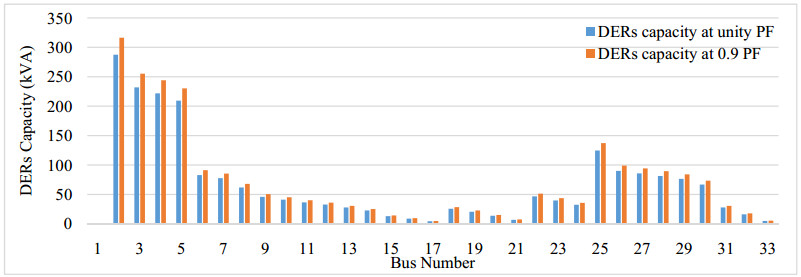



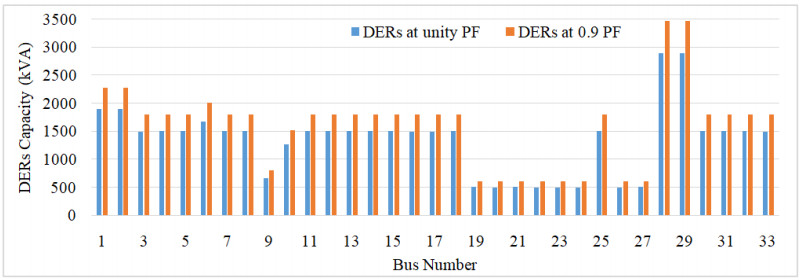

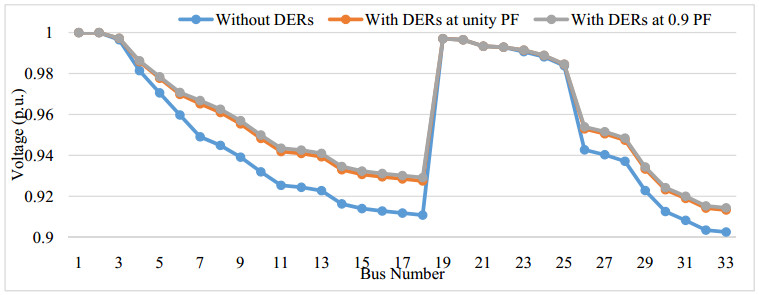
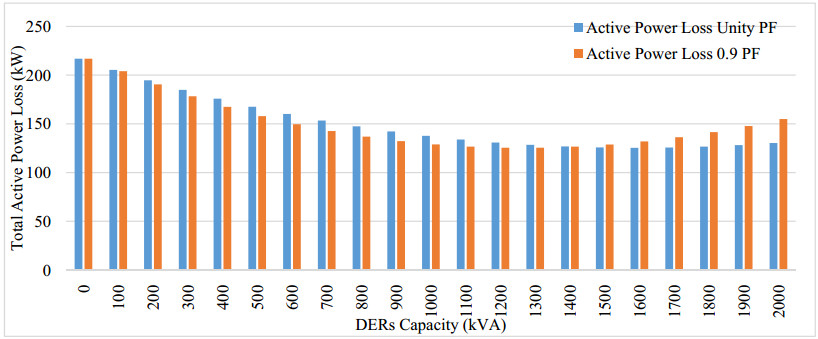
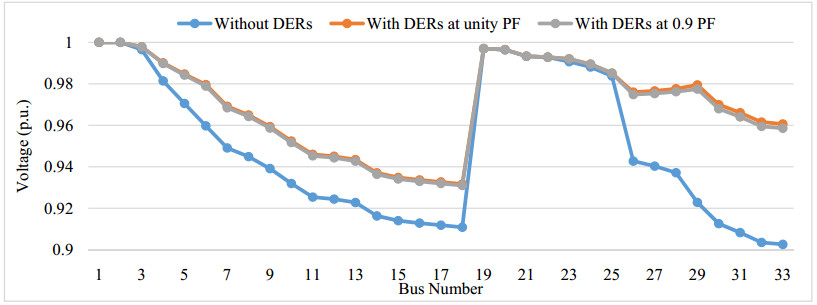
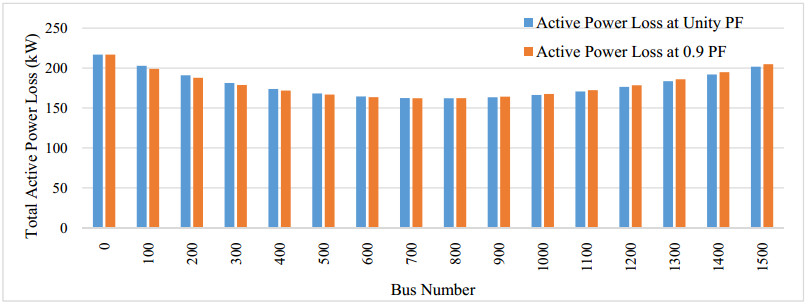
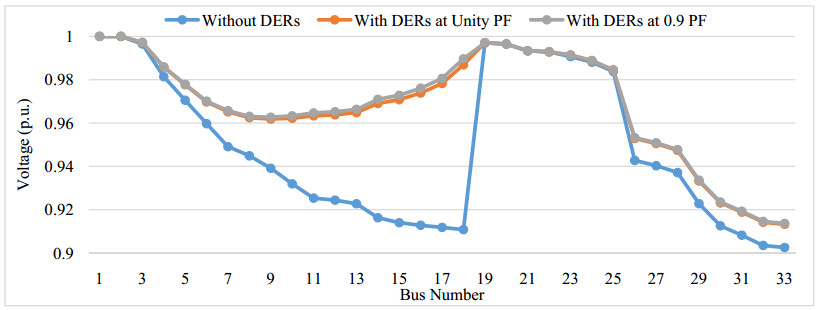
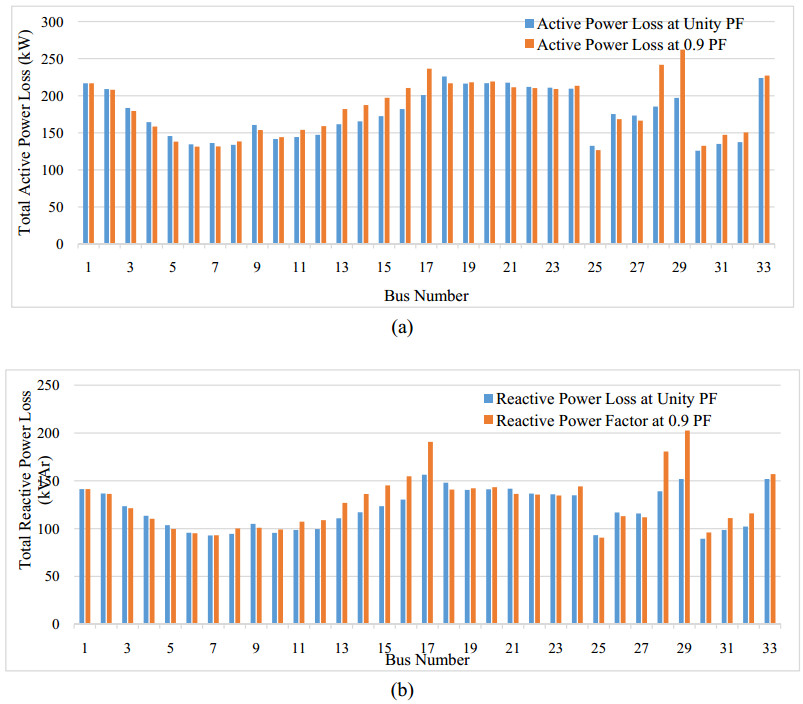
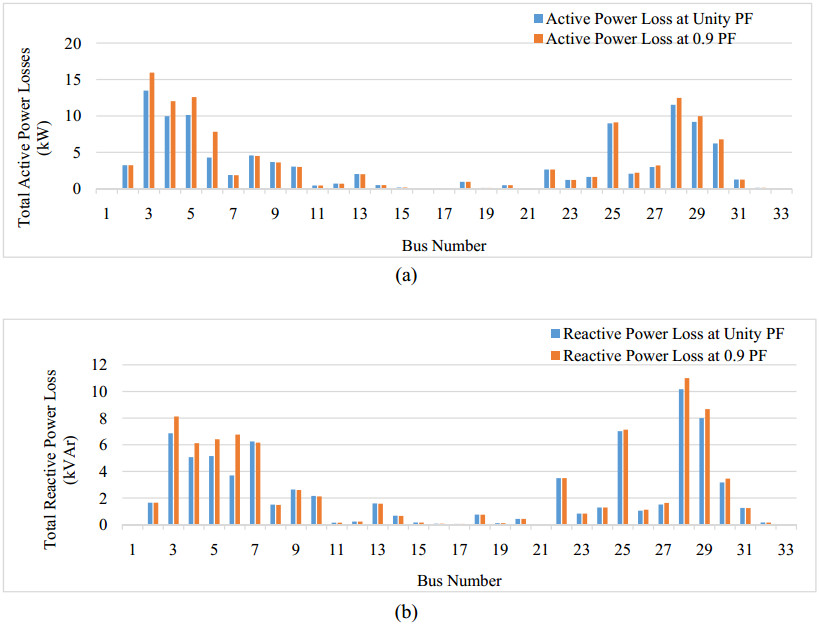



 DownLoad:
DownLoad: